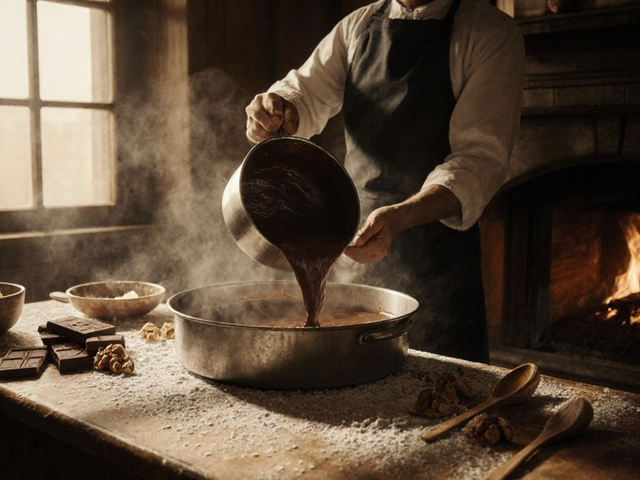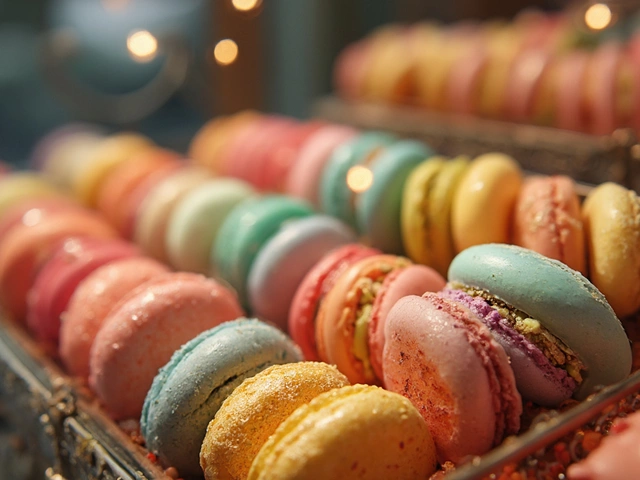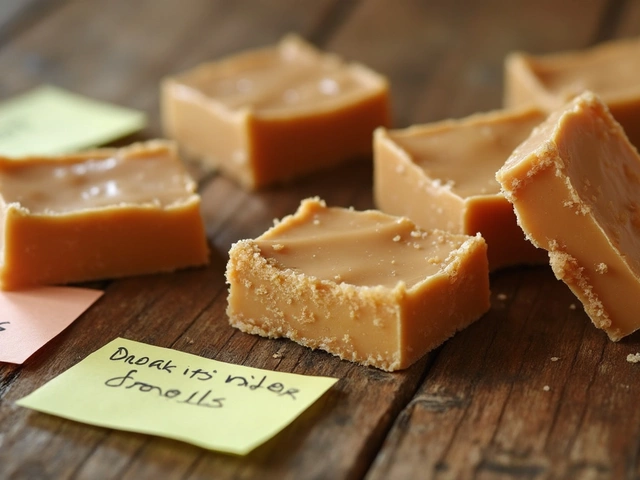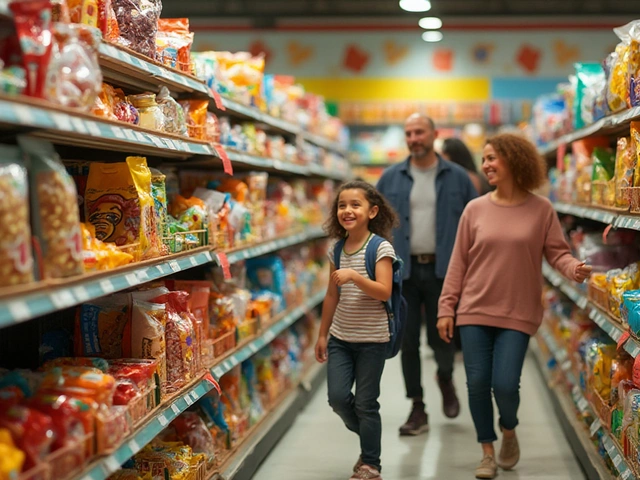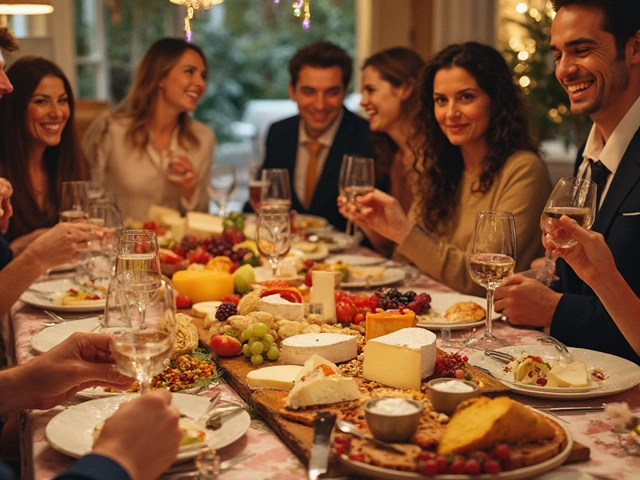Brownie Origin: How the Classic Chocolate Treat Was Born
Ever wonder why brownies are everywhere—from school cafeterias to fancy cafés? The answer starts with a kitchen experiment that turned into a global favorite. Knowing the backstory helps you appreciate each bite and gives you a few tricks to make them even better.
The Early Days: From Kitchen Experiments to a Beloved Dessert
In the late 1800s, a chef in the United States tried to replicate a dense chocolate cake but left out the flour. The result was a fudgy, portable square that could be sliced and shared. Word spread quickly, and by the early 1900s the "brownie" appeared on bakery menus across the country.
Some stories credit a cooking club in St. Louis for inventing the first brownie, while others say a Miss Brown created the treat at a family gathering. Regardless of the name, the essential idea was the same: a simple mix of cocoa, butter, sugar, and eggs that turned into a quick, satisfying snack.
During the 1930s, the Great Depression made frugal desserts popular. Brownies used cheap pantry staples and could be baked in a single pan, which saved both time and energy. That era cemented the brownie’s reputation as a comfort food that anyone could afford.
What Makes a Real Brownie? Ingredients, Texture, and Quick Tips
Classic brownies balance three textures: a crisp top, a chewy edge, and a gooey center. The secret lies in the fat-to-flour ratio. More butter or oil gives you that melt‑in‑your‑mouth feel, while a little extra flour keeps the edges from spreading too much.
Don’t over‑mix the batter. Stir just until the flour disappears; too much agitation creates gluten, which makes brownies cake‑like instead of fudgy. If you love a crackly top, bake at a slightly higher temperature for the first few minutes, then lower it to finish.
For a flavor boost, add a pinch of salt, a splash of vanilla, or a handful of chopped nuts. Even a swirl of caramel or peanut butter can turn a plain brownie into a show‑stopper. And remember, brownies keep best in an airtight container at room temperature for up to four days.Now that you know the origins and the science, you can bake brownies with confidence. Whether you stick to the original recipe or experiment with extra add‑ins, each batch carries a piece of culinary history. So preheat the oven, grab your favorite pan, and give the classic chocolate treat a try—you’re continuing a tradition that’s over a century old.
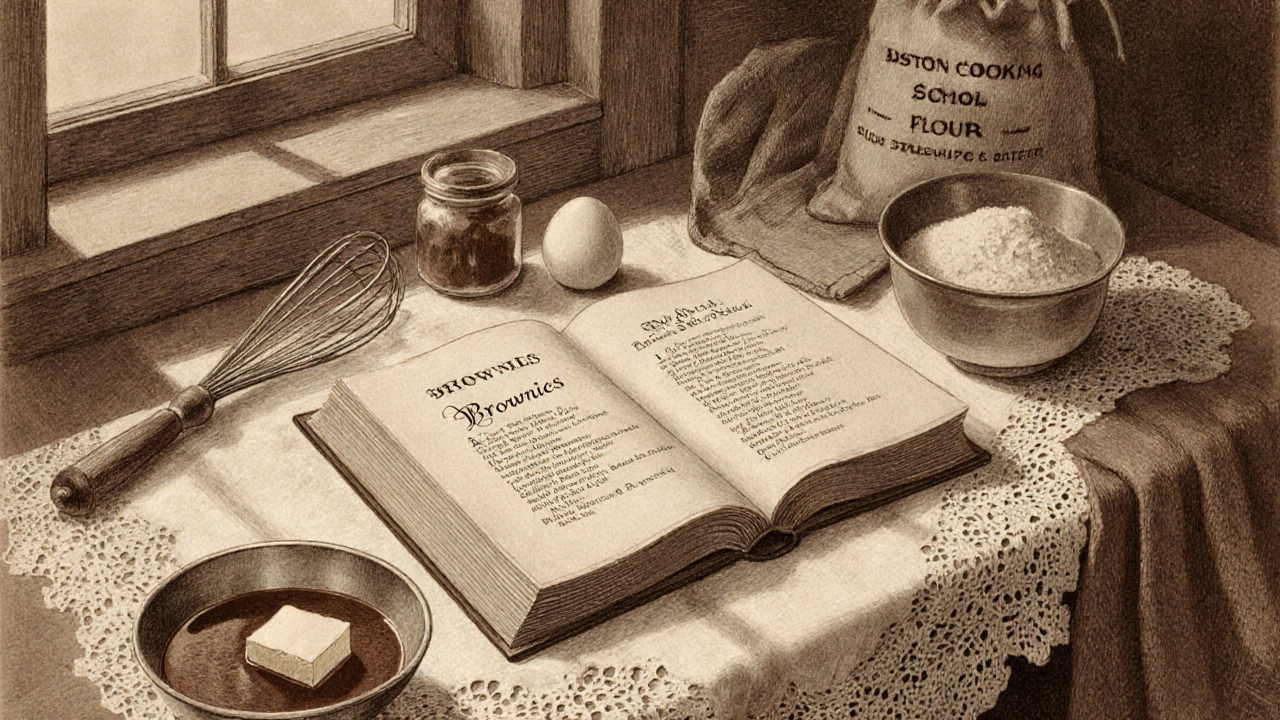
Who Invented the Brownie? Origin Story and First Recipes
Discover who invented the brownie, the earliest recipes, and how the iconic chocolate treat evolved from 1896 cookbooks to modern variations.
View More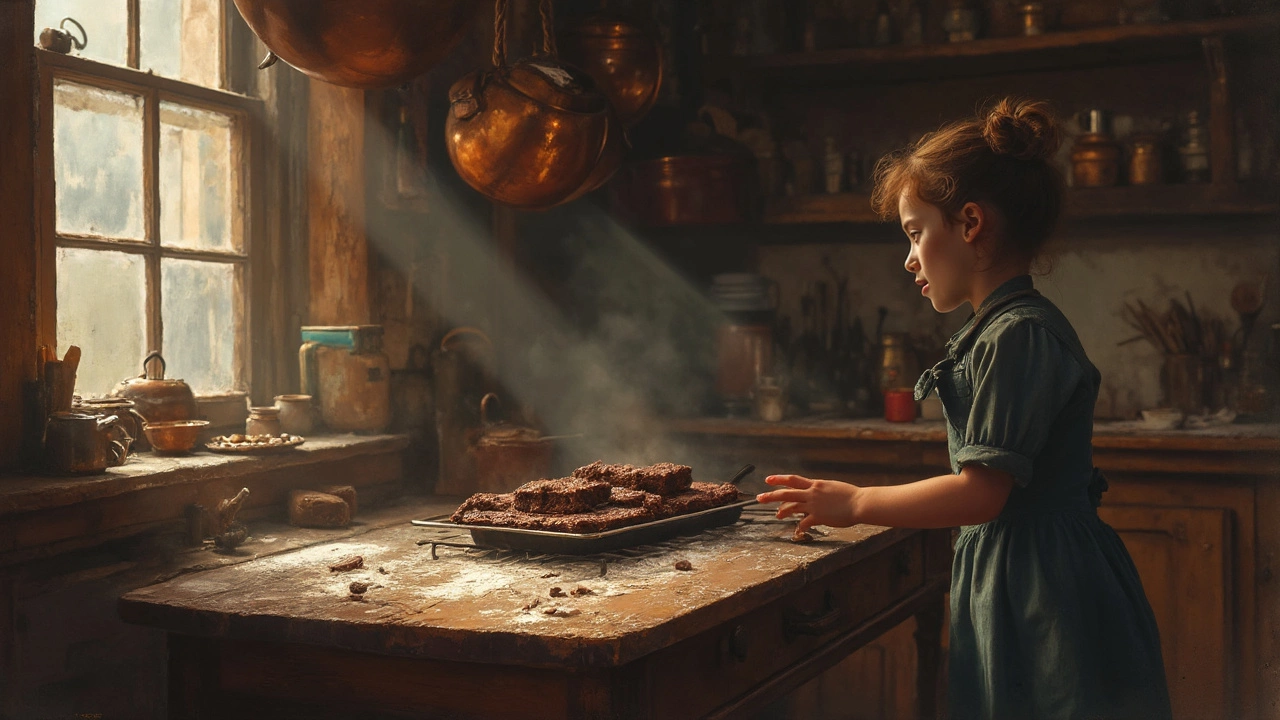
Brownie Origins: Where Did This Chewy Classic Come From?
Curious about where the beloved brownie came from? This article uncovers the story behind its origins, dispels old myths, and shares some cool tidbits about its journey to dessert fame. Expect useful details for both curious foodies and home bakers. Get a quick guide on how brownies went from a kitchen mistake to an international favorite. Perfect read if you love brownies as much as I do.
View More
